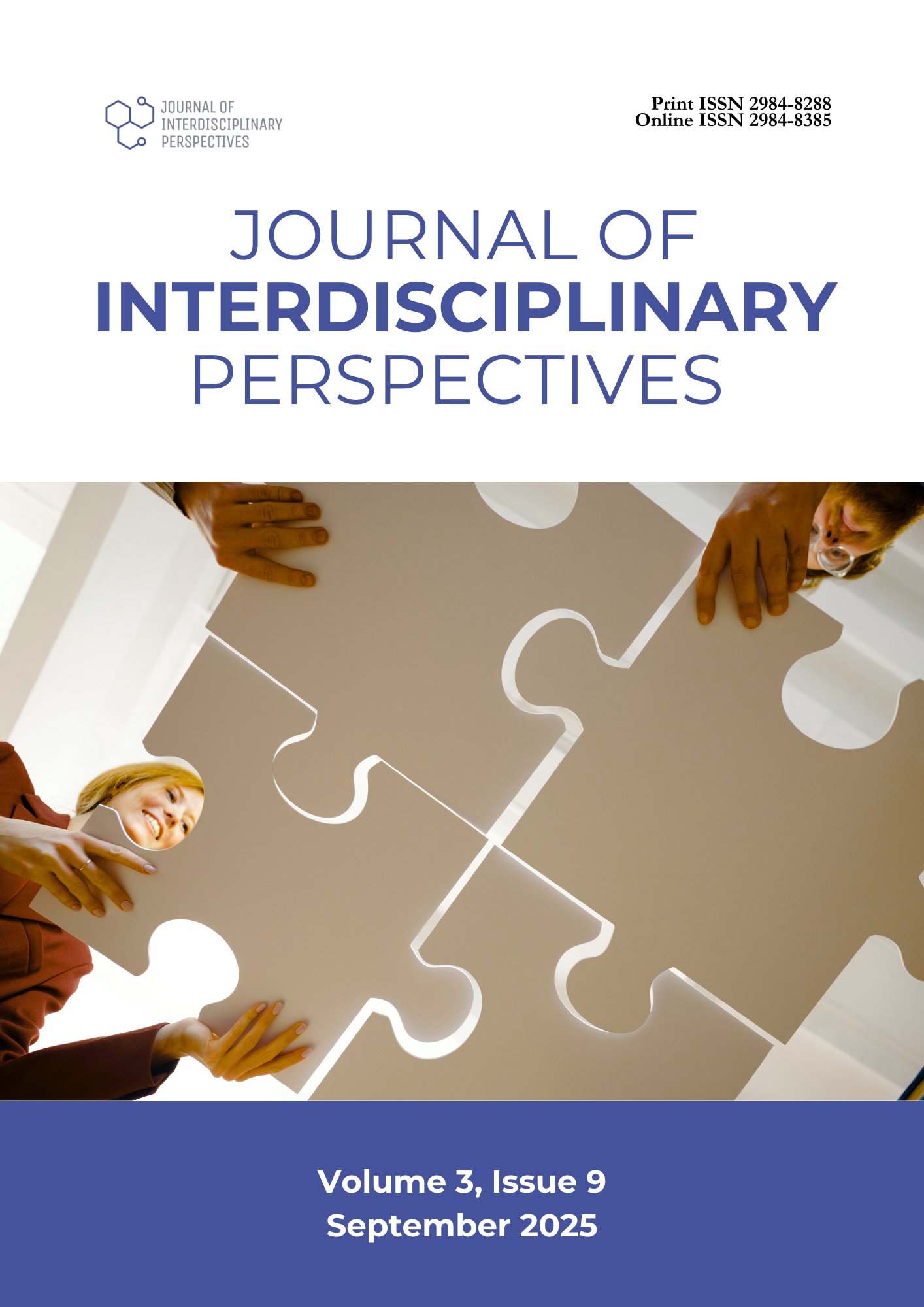Quail Laying Efficiency with Vermicast and Lactic Acid Bacteria Serum (LABS) as Feed Additives
DOI:
https://doi.org/10.69569/jip.2025.525Keywords:
Quail production, Vermicast, Lactic Acid Bacteria Serum, Egg quality, Feed additives, Sustainable farming, Poultry nutritionAbstract
This study assessed the laying performance of quails fed with commercial feeds mixed with different levels of vermicast and lactic acid bacteria serum (LABS), and examined possible interactions between these additives. The goal was to explore more sustainable and cost-effective options for quail farming. An experimental design using a Factorial Completely Randomized Design (F-CRD) was employed, with four levels of vermicast (Factor A) and three levels of LABS (Factor B), each replicated five times. A total of 300 laying quails were randomly assigned to 60 treatment combinations. Results showed no significant effects of vermicast or LABS on the number of eggs laid or water intake. However, egg weight was significantly improved with 8% vermicast, indicating its potential to enhance egg quality. A significant interaction between vermicast and LABS was observed in feed consumption, though no other parameters showed interaction effects. The study concludes that while vermicast and LABS did not improve egg production quantity, the addition of 8% vermicast had a positive effect on egg weight. These findings suggest that vermicast could be a functional feed additive to improve egg quality sustainably, with potential value for small-scale quail producers and vermiculture users.
Downloads
References
Chashmidari, Y., Esmaielzadeh, L., Karimi-Torshizi, M.-A., Seidavi, A., Araujo, S., & Araujo, L. F. (2021). Feed supplementation with vermi-humus and earthworm (Eisenia foetida) powder on broiler productivity. Italian Journal of Animal Science, 20(1), 1054–1062. https://doi.org/10.1080/1828051x.2021.1932615
Chisoro, P., Jaja, I. F., & Assan, N. (2023). Incorporation of local novel feed resources in livestock feed for sustainable food security and circular economy in Africa. Frontiers in Sustainability, 4. https://doi.org/10.3389/frsus.2023.1251179
Clark, C. E. F., Akter, Y., Hungerford, A., Thomson, P., Islam, M. R., Groves, P. J., & O’Shea, C. J. (2019). The intake pattern and feed preference of layer hens selected for high or low feed conversion ratio. PLOS ONE, 14(9), e0222304. https://doi.org/10.1371/journal.pone.0222304
Gladewood, W. (2024). Different breeds of quail in the Philippines. PoultryWizard. Retrieved from https://tinyurl.com/ytahrpj5
Hwangbo, J., Hong, E. C., Park, B. S., & Kim, Y. M. (2014). Effect of dietary fermented earthworm cast additives on odor reduction of poultry house and egg production. Korean Journal of Poultry Science, 41(1), 1–5. https://doi.org/10.5536/kjps.2014.41.1.1
Knight, P. (2024). What is quail in the Philippines? Birdful. Retrieved from https://tinyurl.com/mrx5u3rw
Kowalska, E., Kucharska-Gaca, J., Kuźniacka, J., Lewko, L., Gornowicz, E., Biesek, J., & Adamski, M. (2021). Egg quality depending on the diet with different sources of protein and age of the hens. Scientific Reports, 11, 2638. https://doi.org/10.1038/s41598-021-82313-1
Liu, L., Wang, P., Liu, S., Yan, M., Zhang, Q., Clark, E., & Wang, J. (2025). Meta-analyses of the global impact of non-antibiotic feed additives on livestock performance and health. Journal of Advanced Research, S209012322500150X. https://doi.org/10.1016/j.jare.2025.03.009
Liu, L., Zhang, G., Qu, G., Liu, B., Zhang, X., Li, G., Jin, N., Li, C., Bai, J., & Zhao, C. (2023). Effects of dietary Lactobacillus rhamnosus GG supplementation on the production performance, egg quality, eggshell ultrastructure, and lipid metabolism of late-phase laying hens. BMC Veterinary Research, 19(1). https://doi.org/10.1186/s12917-023-03719-9
Lokapirnasari, W. P., Pangestu, M., Wardhani, H. C. P., Damayanti, E., Mustofa, T. A., & Huda, N. (2024). Effect of probiotics and acidifiers on feed intake, egg mass, production performance, and egg yolk chemical composition in late-laying quails. Veterinary World, 17(2), 462–469. https://doi.org/10.14202/vetworld.2024.462-469
Mishra, P., & Shukla, S. (2014). Quail farming: An introduction. International Journal of Life Sciences, 2(2), 190–193. https://tinyurl.com/3d6t3sjm
Mohanty, A., Babu, L. K., Sahoo, B., & Nanda, S. M. (2020). To economize the feed cost of broiler Japanese quail (Coturnix coturnix japonica) by feeding fish silage. International Journal of Current Microbiology and Applied Sciences, 1, 722–726. https://doi.org/10.20546/ijcmas.2020.901.078
Mopera, L. E., Saludo, P. M., Flores, F. P., Oliveros, B. R. R., & Tan, W. T. (2021). Physicochemical, nutritional and sensory qualities of salted Philippine mallard duck (Anas platyrhynchos L.) eggs. Food Research, 5(4), 279–287. https://doi.org/10.26656/fr.2017.5(4).025
Raza, S. T., Rong, L., Rene, E. R., Ali, Z., Iqbal, H., Sahito, Z. A., & Chen, Z. (2024). Effects of vermicompost preparation and application on waste recycling, NH₃, and N₂O emissions: A systematic review on vermicomposting. Environmental Technology & Innovation, 103722. https://doi.org/10.1016/j.eti.2024.103722
Sirisopapong, M., Shimosato, T., Okrathok, S., & Khempaka, S. (2023). Assessment of lactic acid bacteria isolated from the chicken digestive tract for potential use as poultry probiotics. Animal Bioscience, 36(8), 1209–1220. https://doi.org/10.5713/ab.22.0455
Voung, J. (2022, December 30). Vermicompost: A sustainable resource in organic agriculture. Global Journal of Agriculture and Agricultural Sciences, 10(3). https://doi.org/10.15651/GJAS.22.10.016
Downloads
Published
How to Cite
Issue
Section
License
Copyright (c) 2025 Journal of Interdisciplinary Perspectives

This work is licensed under a Creative Commons Attribution-NonCommercial 4.0 International License.








